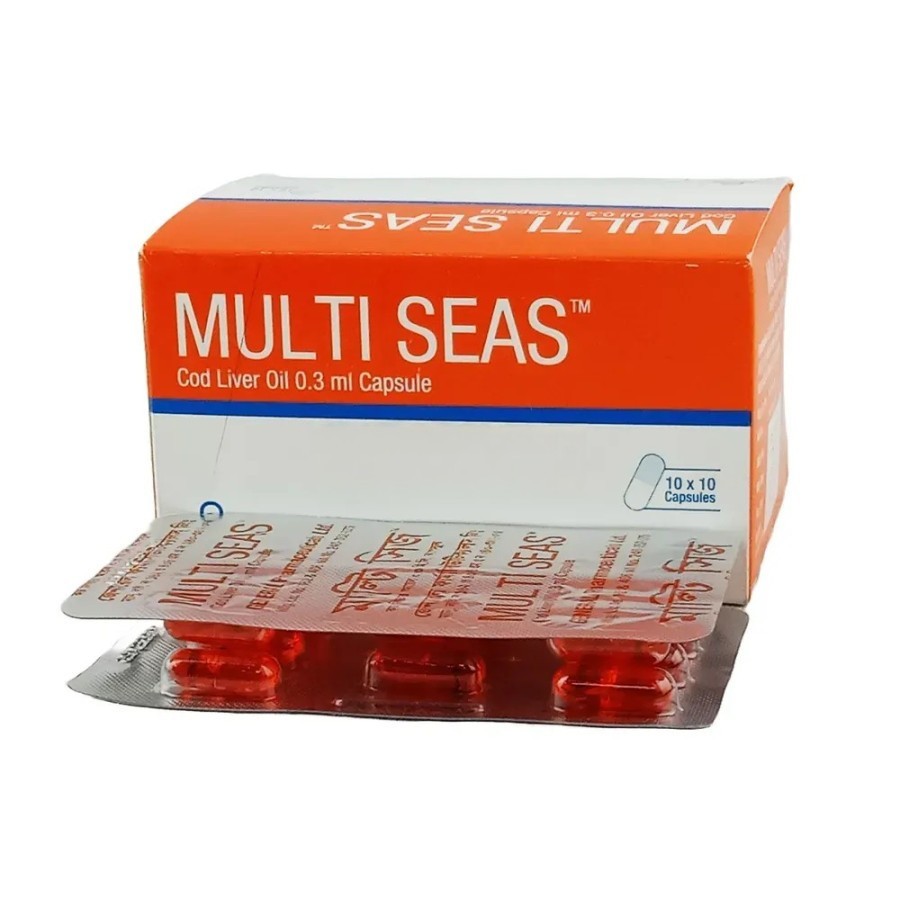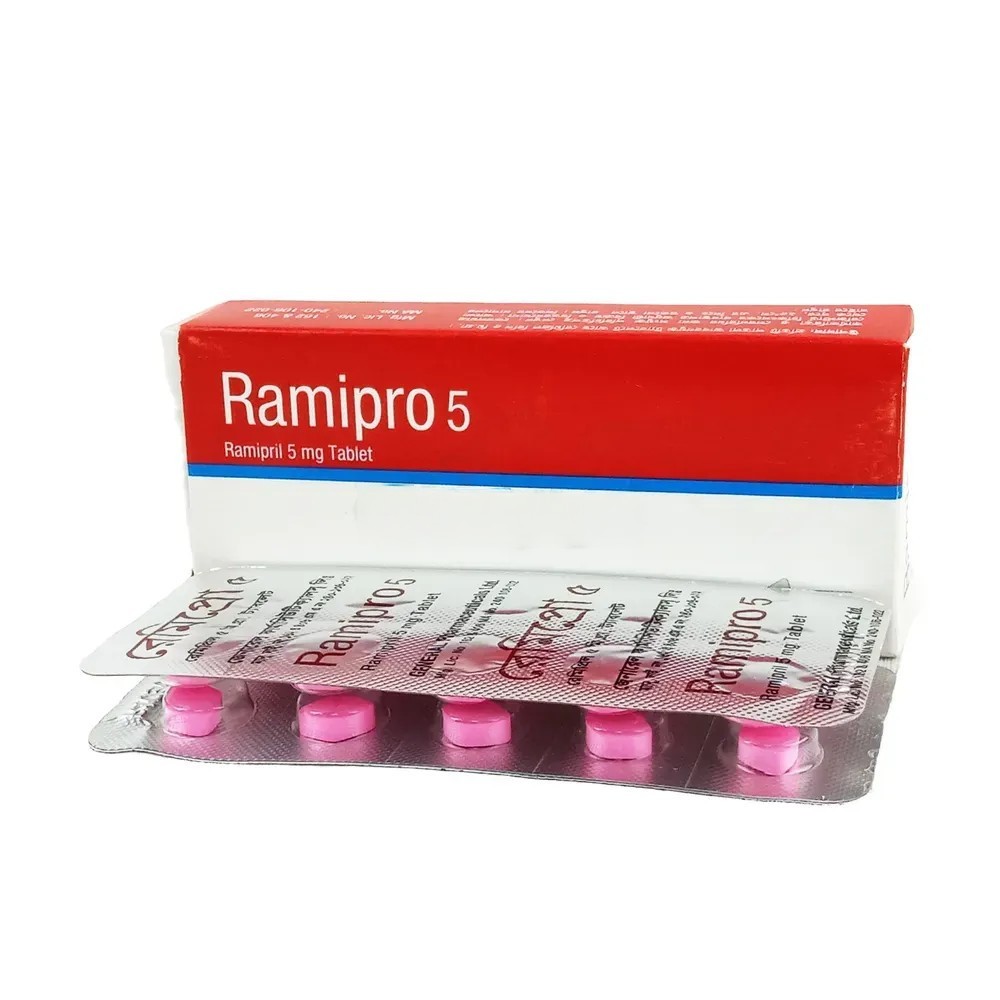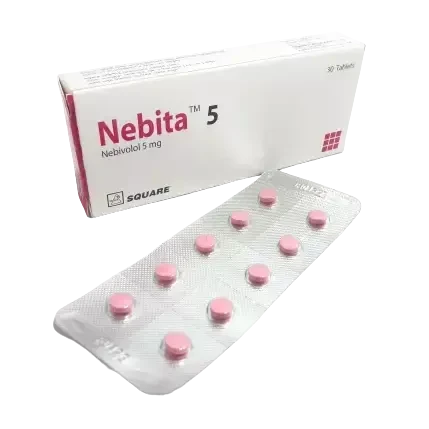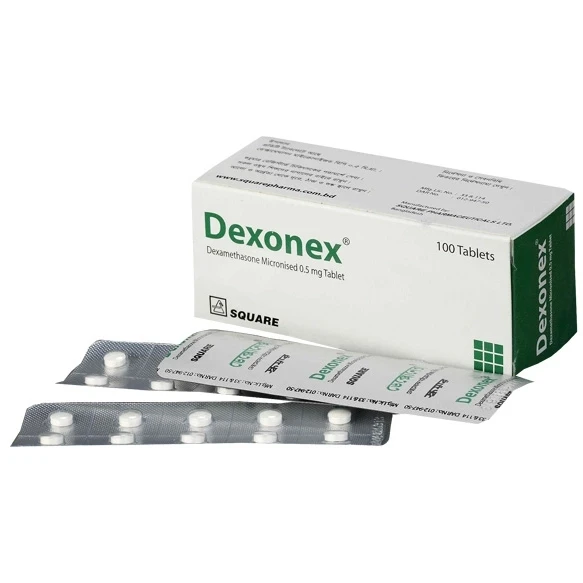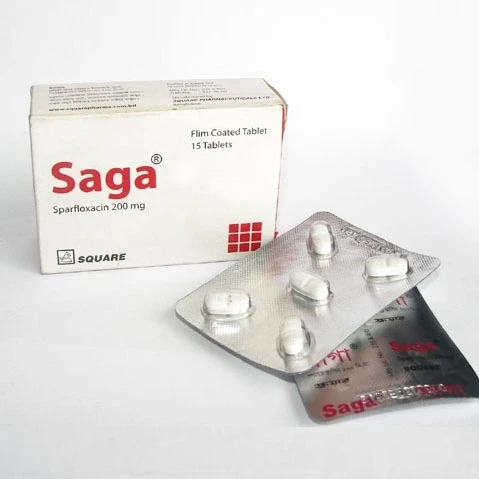

Saga Tablet, Sparfloxacin 200 mg
Inhouse product
-
৳11.40
৳12.00 -
৳42.75
৳45.00 -
৳16.63
৳17.50 -
৳2.14
৳2.25
Reviews & Ratings
Indications
Saga is indicated for
the treatment of adults (≥18 years of age) with the following infections caused
by susceptible strains of the designated microorganisms:
- Community-acquired pneumonia
(CAP) caused by Chlamydia pneumoniae, Haemophilus influenzae, Haemophilus
parainfluenzae, Moraxella catarrhalis, Mycoplasma pneumoniae , or
Streptococcus pneumoniae
- Acute bacterial exacerbations
of chronic bronchitis (ABECB) caused by Chlamydia pneumoniae, Enterobacter
cloacae, Haemophilus influenzae, Haemophilus parainfluenzae, Klebsiella
pneumoniae, Moraxella catarrhalis, Staphylococcus aureus , or
Streptococcus pneumoniae.
Saga is also indicated
for-
- Chronic Obstructive Pulmonary
Disease (COPD)
- Acute Maxillary Sinusitis (AMS)
- Urinary tract infections
including gonococcal and nongonococcal urethritis, chancroid and other
sexually transmitted diseases.
- Bacterial prostatitis.
- Bacterial diarrhoea
- Osteomyelitis
- Other uses include treatment of
tuberculosis in combination with rifampicin and isoniazid, treatment of
leprosy in combination with standard drugs.
* রেজিস্টার্ড চিকিৎসকের পরামর্শ মোতাবেক ঔষধ সেবন করুন'
Pharmacology
Sparfloxacin is a
broad-spectrum antibacterial agent that inhibit DNA gyrase and topoisomerase IV
and kills many of the types of bacteria that can infect the breathing airways
and lungs and has been shown in a large number of clinical trials to be safe
and effective for the treatment of bacterial infections. It is found to be more
effective in vitro than other fluoroquinolones against some gram positive
organisms (Streptococcus pneumoniae, Staphylococcus aureous), Mycobacteria and
Chlamydia spp.
Absorption: Quinoflox‚ is well absorbed following oral
administration with an absolute oral bioavailability of 92%. The mean maximum
plasma sparfloxacin concentration following a single 400-mg oral dose was
approximately 1.3 (±0.2) µg/mL. The area under the curve following a single
400-mg oral dose was approximately 34 (±6.8) µg·hr/mL. Steady-state plasma
concentration was achieved on the first day by giving a loading dose that was double
the daily dose. Maximum plasma concentrations for a 200 mg dose were also
achieved between 3 to 6 hours after administration with a mean of about 4
hours. Oral absorption of sparfloxacin is unaffected by administration with
milk or food, including high fat meals. Concurrent administration of antacids
containing magnesium hydroxide and aluminium hydroxide reduces the oral
bioavailability of sparfloxacin by as much as 50%.
Distribution: Upon reaching general circulation,
Quinoflox‚ distributes well into the body, as reflected by the large mean
steady-state volume of distribution (Vdss ) of 3.9 (±0.8) L/kg. Sparfloxacin
exhibits low plasma protein binding in serum at about 45%. Sparfloxacin
penetrates well into body fluids and tissues. Results of tissue and body fluid
distribution studies demonstrated that oral administration of sparfloxacin
produces sustained concentrations and that sparfloxacin concentrations in lower
respiratory tract tissues and fluids generally exceed the corresponding plasma
concentrations. The concentration of sparfloxacin in respiratory tissues
(pulmonary parenchyma, bronchial wall, and bronchial mucosa) at 2 to 6 hours
following standard oral dosing was approximately 3 to 6 times greater than the
corresponding concentration in plasma. Concentrations in these respiratory
tissues increase at up to 24 hours following dosing. Sparfloxacin is also
highly concentrated into alveolar macrophages compared to plasma. Mean pleural
effusion to plasma concentration ratios were 0.34 and 0.69 at 4 and 20 hours
postdose, respectively.
Metabolism: Quinoflox‚ is metabolised by the liver,
primarily by phase II glucuronidation, to form a glucuronide conjugate. Its
metabolism does not utilize or interfere with cytochrome-mediated oxidation, in
particular cytochrome P450.
Excretion: The total body clearance and renal clearance
of Quinoflox‚ were 11.4 (±3.5) and 1.5 (±0.5) L/hr, respectively. Sparfloxacin
is excreted in both the feces (50%) and urine (50%). Approximately 10% of an
orally administered dose is excreted in the urine as unchanged drug in patients
with normal renal function.
Dosage &
Administration
The recommended daily
dose of Sparfloxacin‚ in patients with normal renal function is two 200 mg
tablets taken on the first day as a loading dose. Thereafter, one 200 mg tablet
should be taken every 24 hours for a total of 10 days of therapy (11 tablets).
The recommended daily dose of Sparfloxacin‚ in patients with renal impairment
(creatinine clearance <50 mL/min) is two 200 mg tablets taken on the first
day as a loading dose. Thereafter, one 200-mg tablet should be taken every 48
hours for a total of 9 days of therapy (6 tablets).
* রেজিস্টার্ড চিকিৎসকের পরামর্শ মোতাবেক ঔষধ সেবন করুন'
Interaction
Aluminium and
Magnesium cations in antacids and sucralfate form chelation complexes with
Saga. Concomitant use with medications known to produce an increase in the QTc
interval and/or Torsade de pointes (e.g., terfenadine). Saga does not interact
with theophylline or caffeine, nor with warfarin or cimetidine. Probenecid does
not alter the pharmacokinetics of Saga.
Contraindications
- Sparfloxacin is contraindicated
to the patients who are hypersensitive to any of its ingredient
- Pregnancy and lactation
- Glucose-6-Phosphate
Dehydrogenase (G6PD) deficiency
- History of Achilles tendinitis
following the use of fluoroquinolones
Side Effects
Most of the side
effects are mild to moderate in severity and transient in nature. The most
frequently reported events with the recommended dosage were: Photosensitivity
reaction, Diarrhea, Nausea, Headache, Dyspepsia, Dizziness, Insomnia, Abdominal
pain, Pruritus, Taste perversion, QTc interval prolongation, Vomiting,
Flatulence, Vasodilatation.
Pregnancy &
Lactation
There are no adequate
and well controlled studies in pregnant women. Sparfloxacin should be used
during pregnancy only if the potential benefit justifies the potential risk to
the fetus.
Precautions &
Warnings
Special
warnings: Moderate to severe
phototoxic reactions have occurred in patients exposed to direct or indirect
sunlight or to artificial ultraviolet light (e.g., sunlamps) during or following
treatment. Patients should be advised to discontinue Saga therapy at the first
signs or symptoms of a phototoxicity reaction such as:
- Sensation of skin burning
- Swelling
- Rash
- Itching
- Dermatitis
- Increases in the QTc interval.
The safety and
effectiveness of Saga in children, adolescents (under the age of 18 years),
pregnant women, and lactating women have not been established.
Precaution-
- Adequate hydration of patients
receiving Saga should be maintained to prevent the formation of a highly
concentrated urine.
- Administer Saga with caution in
the presence of renal insufficiency.
- Avoid the concomitant
prescription of medications known to prolong the QTc interval, e.g.,
erythromycin, terfenadine etc.
- Excessive exposure to sunlight
should be avoided.
Use in Special
Populations
Geriatric: The pharmacokinetics of Saga‚ are not
altered in the elderly with normal renal function.
Paediatric: The pharmacokinetics of Saga in paediatric
subjects have not been studied.
Gender: There are no gender differences in the
pharmacokinetics of Saga.
Renal insufficiency: In patients with renal impairment
(creatinine clearance <50 mL/min), the terminal elimination half-life of
Saga is lengthened. Single or multiple doses of Saga in patients with varying
degrees of renal impairment typically produce plasma concentrations that are
twice those observed in subjects with normal renal function.
Hepatic impairment: The pharmacokinetics of Saga are not altered
in patients with mild or moderate hepatic impairment without cholestasis.
Therapeutic Class
4-Quinolone
preparations
Storage Conditions
To store this medicine
it should be kept out of the reach of children. Stored away from heat and
direct light. Stored below 30ºC.
Frequently Bought Products
Lulicon Cream 20 gm tube, Luliconazole 1%
D-Fill Capsule, Cholecalciferol [Vitamin D3] 40000 IU
Nebipres Tablet, Nebivolol Hydrochloride 5 mg
Pronor Tablet, Finasteride [For B.P.H.] 5 mg
D-Balance Capsule, Cholecalciferol [Vitamin D3] 50000 IU
Ramipro Tablet, Ramipril 5 mg
Nebita Tablet, Nebivolol Hydrochloride 5 mg
Dexonex Tablet, Dexamethasone 0.5 mg
Product Queries (0)
Login Or Registerto submit your questions to seller
Other Questions
No none asked to seller yet
-
৳11.40
৳12.00 -
৳42.75
৳45.00 -
৳16.63
৳17.50 -
৳2.14
৳2.25







![D-Fill Capsule, Cholecalciferol [Vitamin D3] 40000 IU](https://www.skpharma.com.bd/public/uploads/all/1x3kcyNyY6lm25h5sIpRLvwHasQ0N9ychiEI58Bs.jpg)
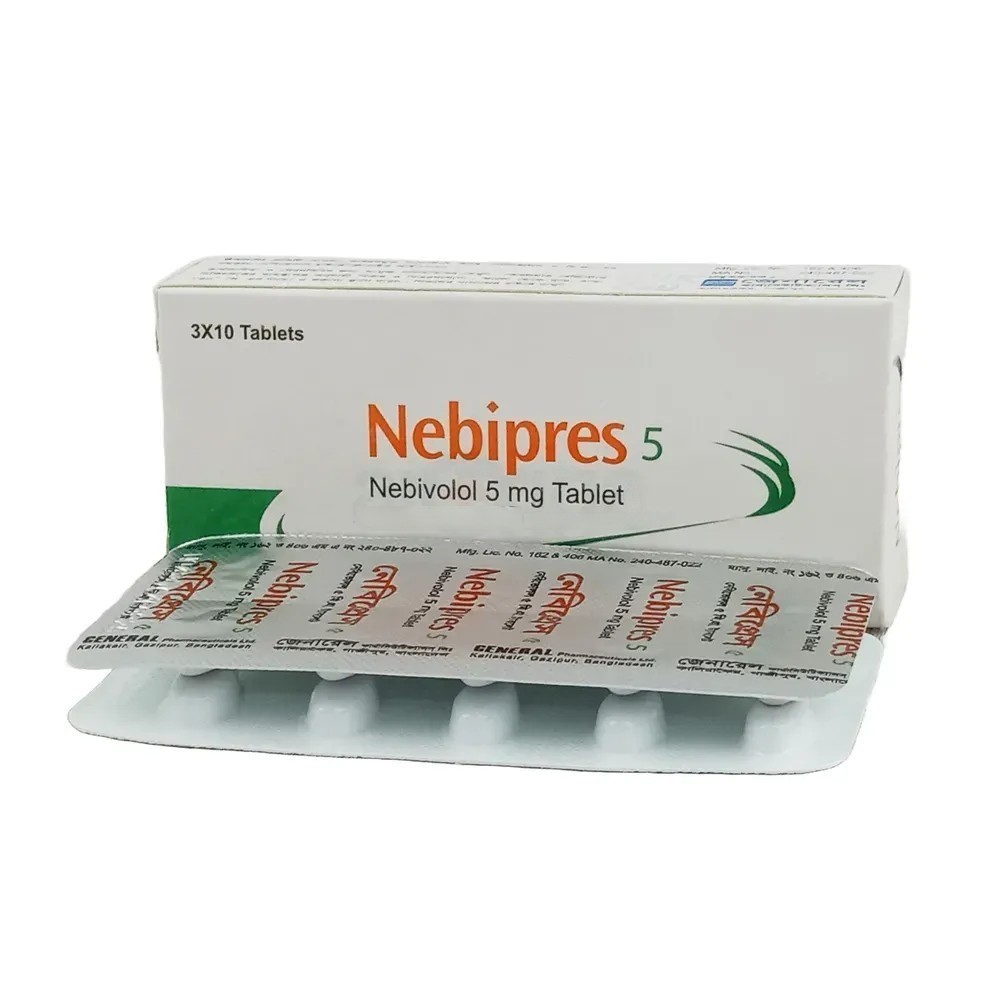
![Pronor Tablet, Finasteride [For B.P.H.] 5 mg](https://www.skpharma.com.bd/public/uploads/all/mRMRH4wIyzWPXrilpZBZXEuEdbVYasBQeV8X9ByB.webp)
![D-Balance Capsule, Cholecalciferol [Vitamin D3] 50000 IU](https://www.skpharma.com.bd/public/uploads/all/lelcM8KtynDYkXOfIT7d3AI5E5dcW1mLJkCdly52.webp)

